20+ Years Experience
Specialist Business Insolvency Company

Get in Touch Today to Speak to a Specialist Adviser
Company voluntary arrangements are legally binding agreements with that company’s creditors focused on proportionally paying back debts over time. This can be a quick answer to a financial difficulty that prevents debts from being paid back in full, but it has to be used correctly to see success.
A company voluntary arrangement (CVA) requires that at least 75% of creditors agree (in terms of total debt value) to support the CVA proposal. Once in place, all unsecured creditors are bound by the arrangement, and the company can continue trading as usual. This generally lasts 3-5 years and is monitored by a licensed insolvency practitioner.
A CVA is a rescue tool for a company struggling with historical debts. The directors remain in control and can continue driving the company forward, but they also have more options to trade out of their financial difficulty and deal with their debts in a more controlled way.
This breakdown will tell you how the company voluntary arrangement (CVA) process works, what legal actions you can take, how it helps manage creditor pressure, and how it can make it easier to pay your debts to connected creditors. A struggling company needs every advantage, as do overburdened company directors.
Contact us if you would rather learn more about the company voluntary arrangement (CVA) process and other insolvency procedures directly. Our expert insolvency practitioners can walk you through every step of a CVA proposal and any relevant UK law information.
A company voluntary arrangement is legally binding, making lower costs important.
CVA costs depend on various factors: the number of creators, the number of employees, the amount of negotiation needed, and the bank’s position on the issue.
The better your company’s financial situation and the less intense your company’s debts, the better, but even extreme company debts can get a CVA proposal under the right circumstances.
CVAs can effectively freeze your payments to creditors, allowing your company debts to be dealt with more effectively.
Directors retain control during a company voluntary arrangement, meaning they can approach company debts with whatever solutions they think are most likely to work.
The important part is that the near-insolvent or contingently insolvent company can continue operating to pay creditors, potentially getting back on its feet.
Your company needs to be eligible for a company voluntary arrangement to use one.
This covers several key points, many of which relate to the company’s overall status and ability to make the scheduled payments even after the CVA takes creditor pressure off.
Call us today if you need an insolvency practitioner to help you figure out your eligibility.
For many companies stuck with financial pressure, the money they owe HMRC can often be a priority debt. HMRC are a preferential creditor in any CVA process and can vote alongside other company creditors to see if the CVA is approved.
At least 75% of your total debt value must come from creditors who agree with the CVA, including HMRC.
While HMRC could be one of many creditors, it is also often the one that a business will owe the most.
This can give them a huge role in deciding whether a CVA is approved due to your company’s current financial position. While this might sound worrying, HMRC is usually very lenient since the government wants UK businesses to stay afloat and pay their debts.
It is important to present a convincing argument for the CVA and show that your company’s current financial position will allow you to turn future profits and pay back the debts later. This will be in the creditors’ interests as the only alternative would be going into liquidation to pay off the creditors instead.
If the CVA is approved, the proposal will be shown to shareholders, that get their vote.
A CVA needs at least 51% of votes from all shareholders to pass – for example, a company with two shareholders needs both to agree, but a company with three only needs two.
If less than half of the shareholders support the CVA, it will be rejected and forgotten.
Then, the company will need to find other ways to deal with the debts, such as alternative insolvency procedures by licensed insolvency practitioners. On the other hand, they may also reject it if the company is not worth saving or if there is no clear long-term future for the company that could see the debts paid off.
A CVA proposal must meet the guidelines of the Insolvency Rules 1986. This means that it has to contain basic information about the business that is going insolvent and the licensed insolvency practitioner taking charge of the process.
There is also a requirement to include in-depth details about the company’s affairs and current state, including employee details, significant payments, current profits, and any noteworthy events related to the company’s creditors.
The insolvency practitioners you choose will work with you to fill out these requirements and then move on to the main proposals.
Note that you will need to provide much specific documentation about your company while creating the CVA draft proposal, which often means looking at company records or having the managing director provide this information themselves.
It takes roughly one month for an insolvency practitioner to produce a usable CVA proposal and send it to creditors. After that, a creditors’ meeting should take place in about three weeks.
This means the process is around 6-8 weeks on average, although this relies on the creditors being available and the proposal being completed on time.
Remember that depending on the CVA’s length, you may have to continue contributing to the relevant trust account for up to 5 years.
A company voluntary arrangement can be proposed at any point until a winding-up order is granted against the company. If your creditors are starting to threaten a winding up order or have been given one already, you can often make a CVA proposal as long as you act fast.
Once the winding-up order is granted, compulsory liquidation is the only option, and a CVA becomes extremely unlikely.
If your company enters a period of administration, the new administrator may propose a CVA. A company can also enter CVA if a liquidator thinks it would be more beneficial than liquidating the entire company – but companies in a CVA can also enter liquidation under the right circumstances. Once accepted, Companies House will register that you are entering a CVA.
Here are the main advantages and disadvantages of a CVA:
We delve deeper into this on our CVA pros and cons page.
After a CVA is approved, employees can generally continue working as normal and are entitled to the same pay and benefits.
However, since a CVA may force a business to restructure through a statutory moratorium period, redundant employees can claim various redundancy payments and other redundancy pay options.
Creditors will never automatically accept a CVA just because it is proposed.
It needs to be convincing and clear and show that you can get the money you need to pay them.
If a CVA is rejected, the company needs to consider an alternative form of insolvency.
A licensed insolvency practitioner can help you find the right steps to take.
Turning to a reliable insolvency practitioner like us can be the best step forward for your business.
CVAs should ideally never involve administration since the company is expected to trade its way out of the financial troubles.
Failure to do so will likely lead to company administration if liquidation is not proposed first.
A company voluntary arrangement (CVA) offers a direct way for a company to pay off debts over a set period and address whatever issues were not working.
Compared to creditors’ voluntary liquidation methods, a CVA allows the company to continue trading, ideally while fixing its own issues and pushing past whatever financial slump caused the debts.
The responsibility to do this is on the company’s directors and enforced by their creditors.
A fast-track CVA can provide a lifeline to your business, and the entire process can be completed within six weeks.
Here are some other informative articles about business debt in the UK:

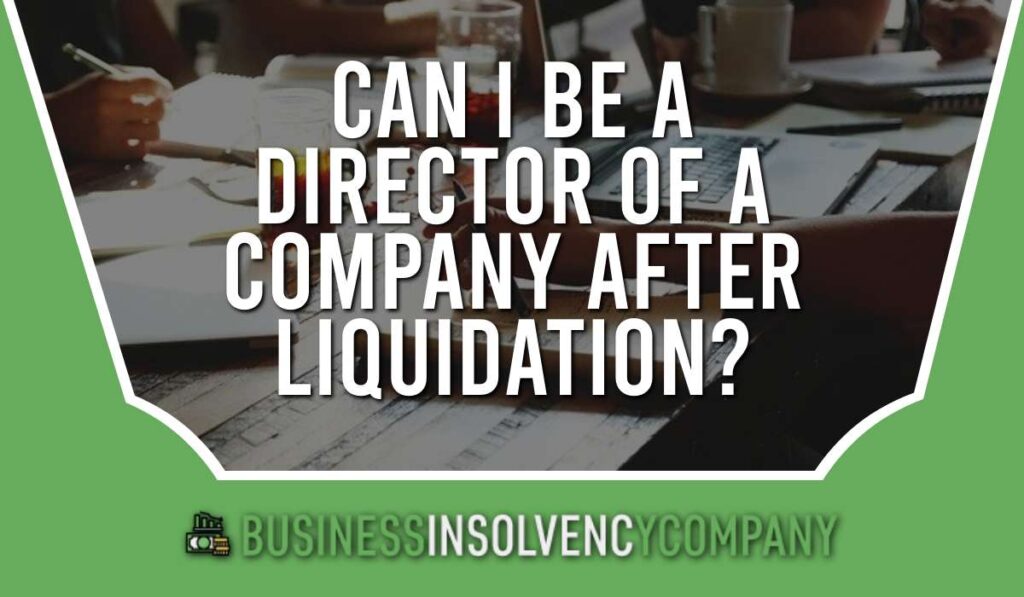


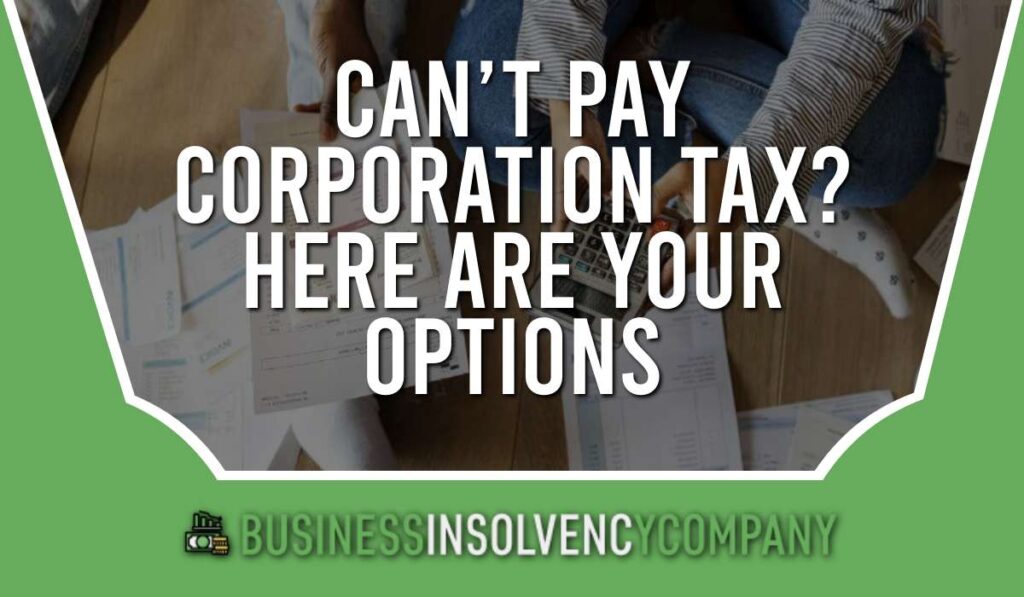

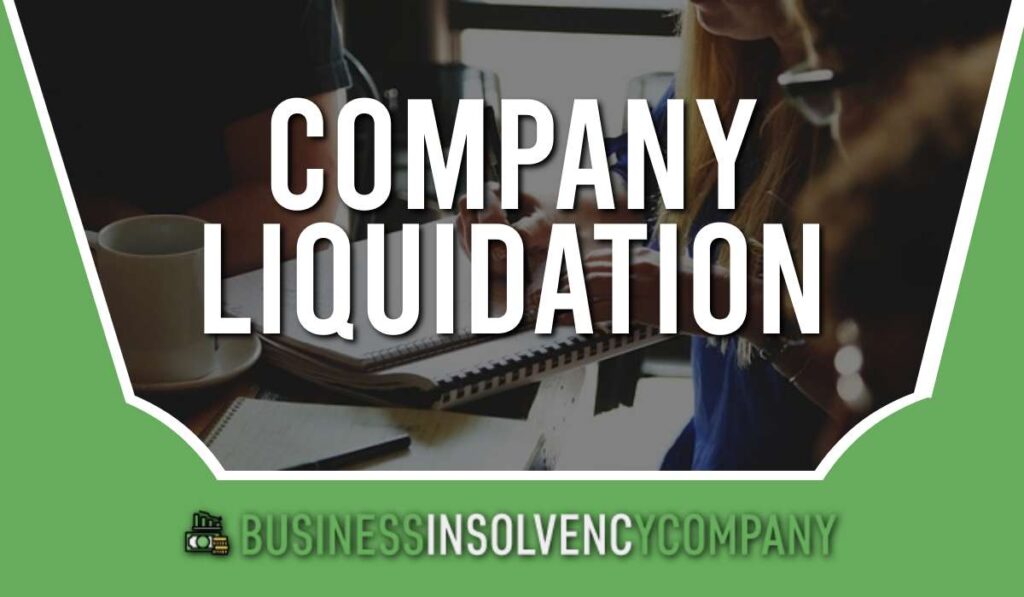
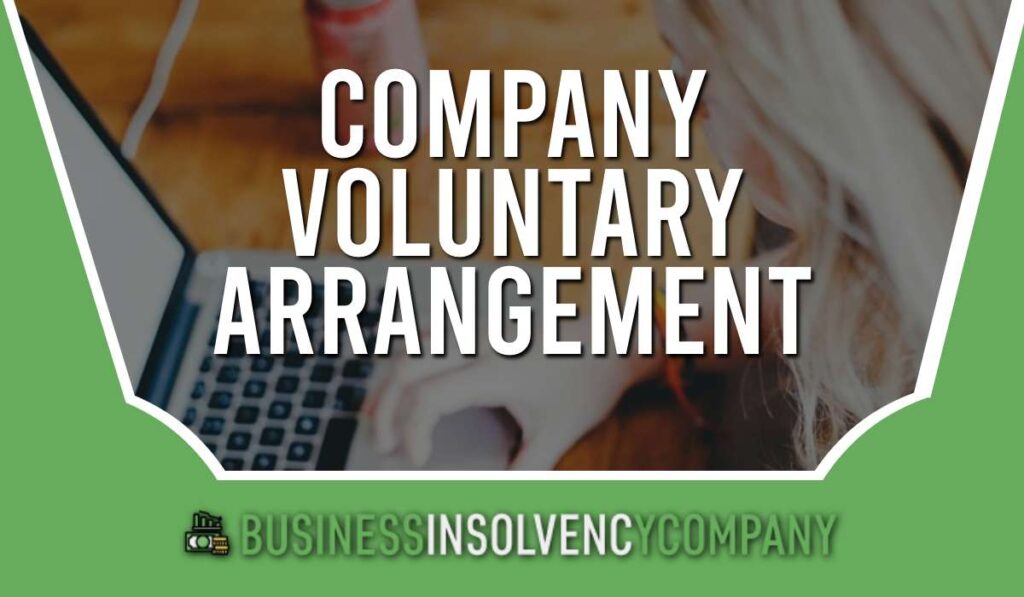

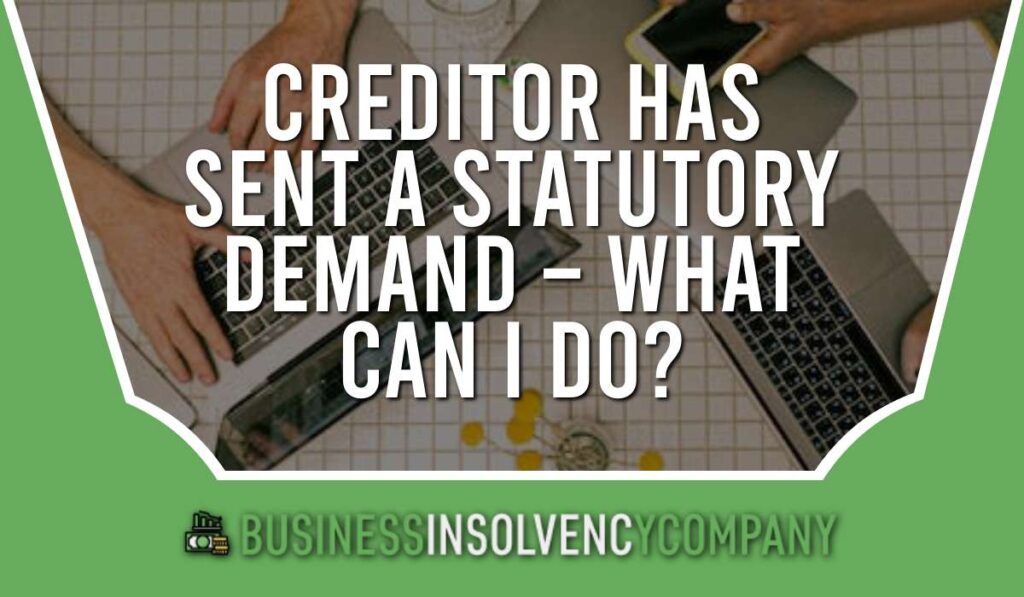
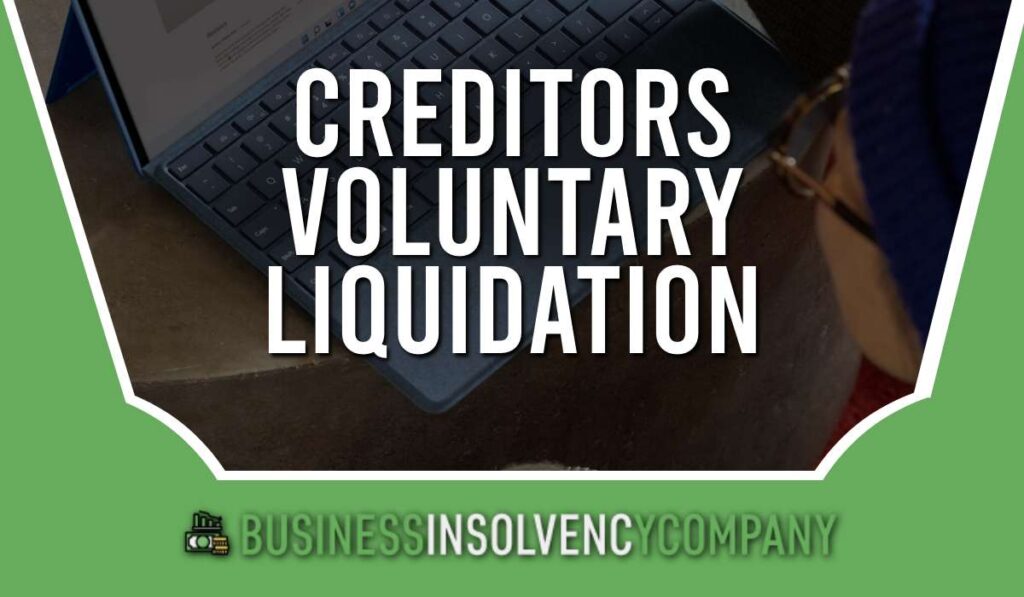
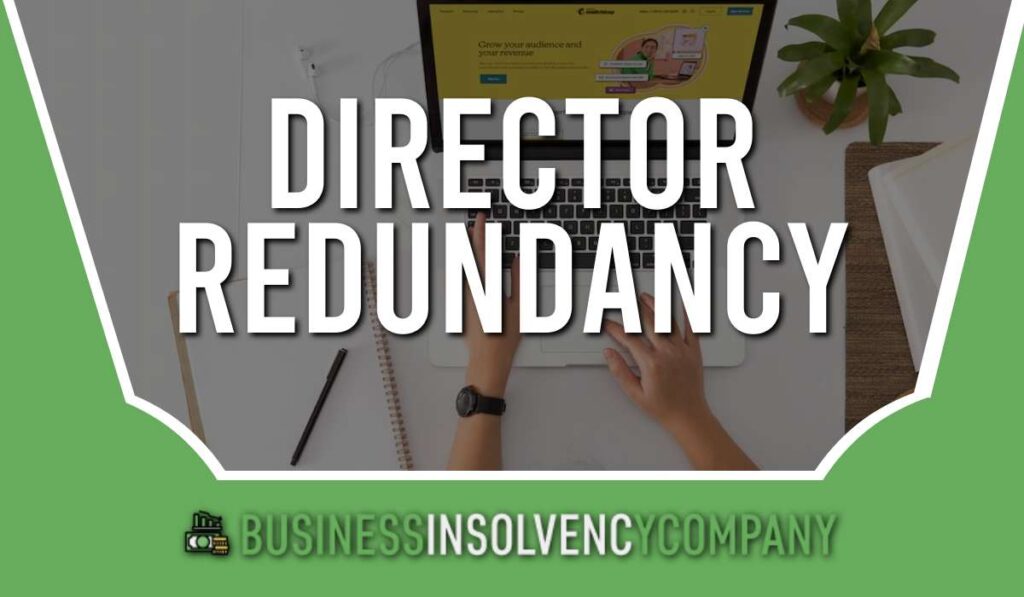
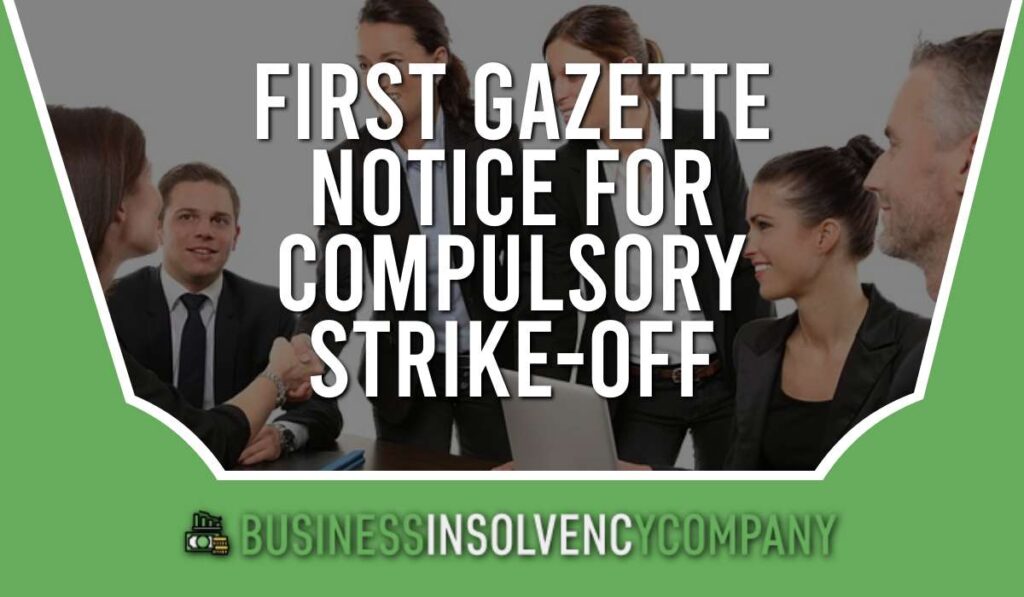
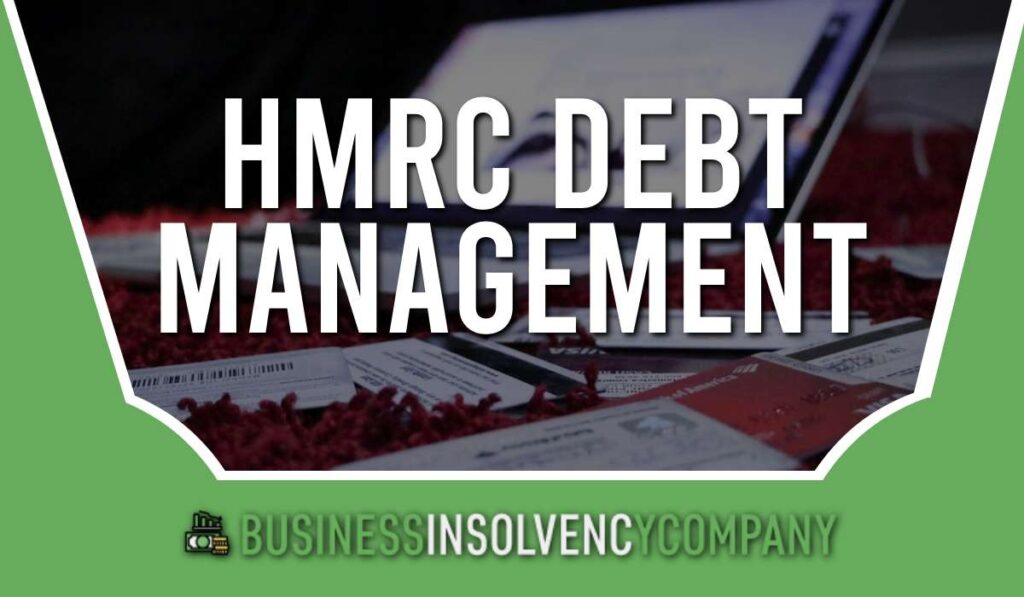

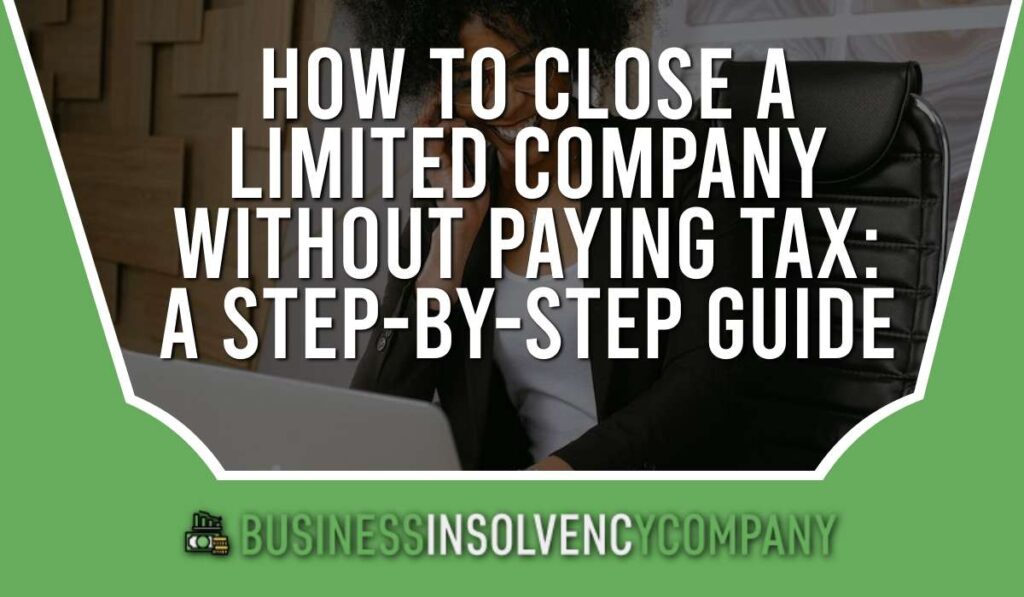
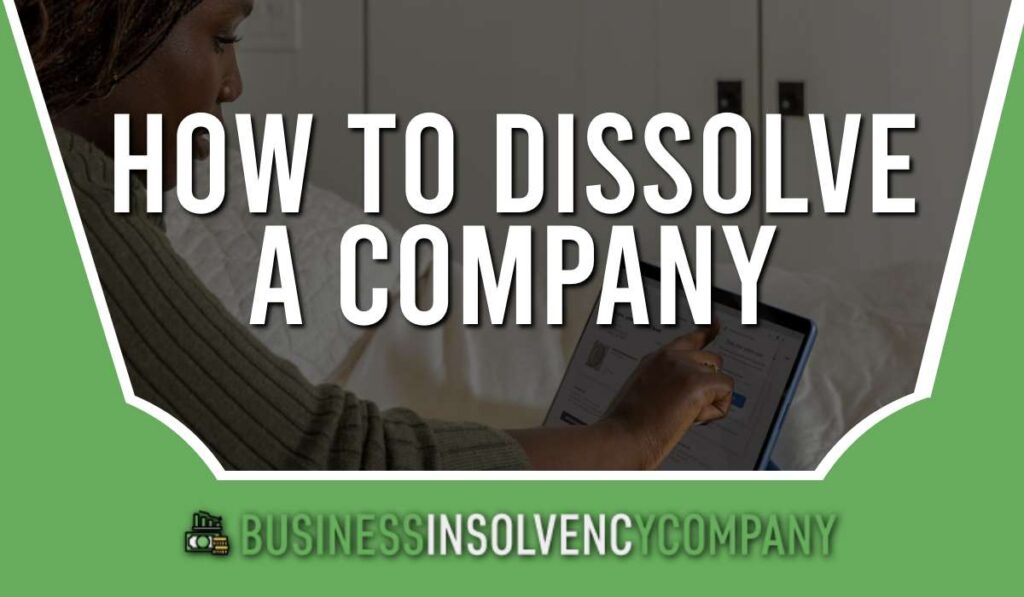



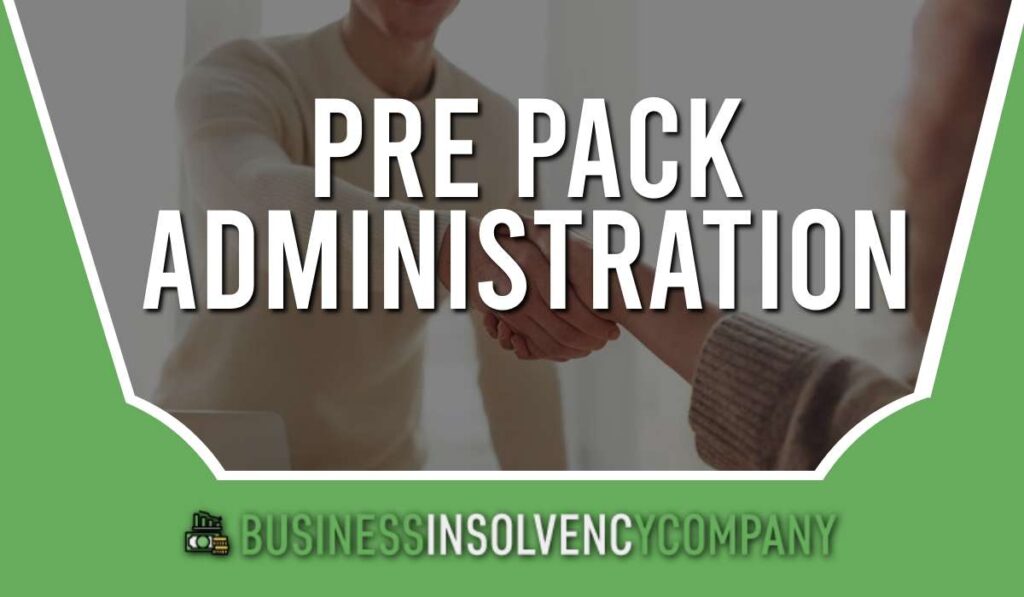





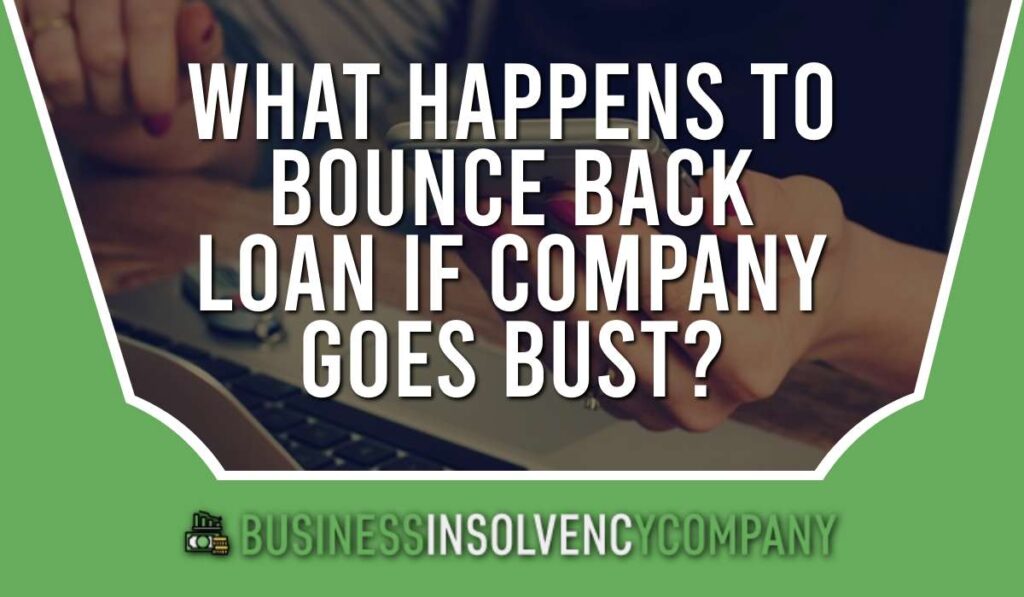
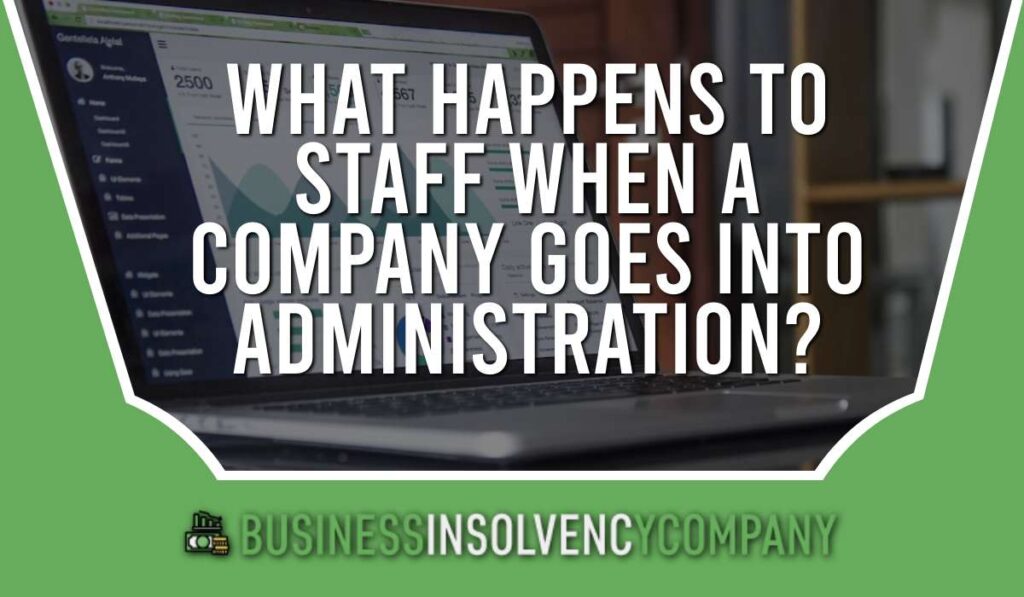

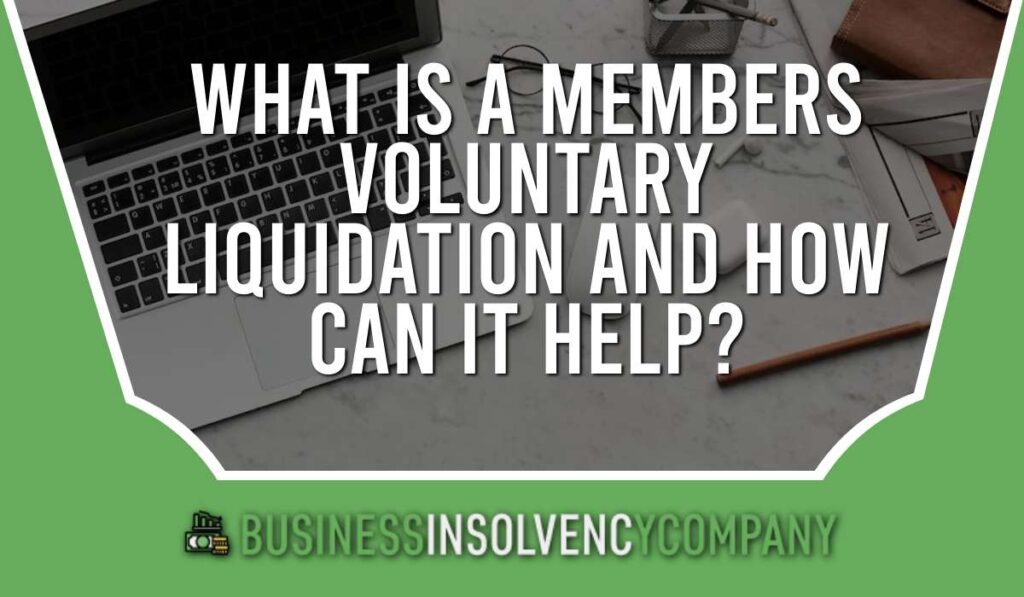

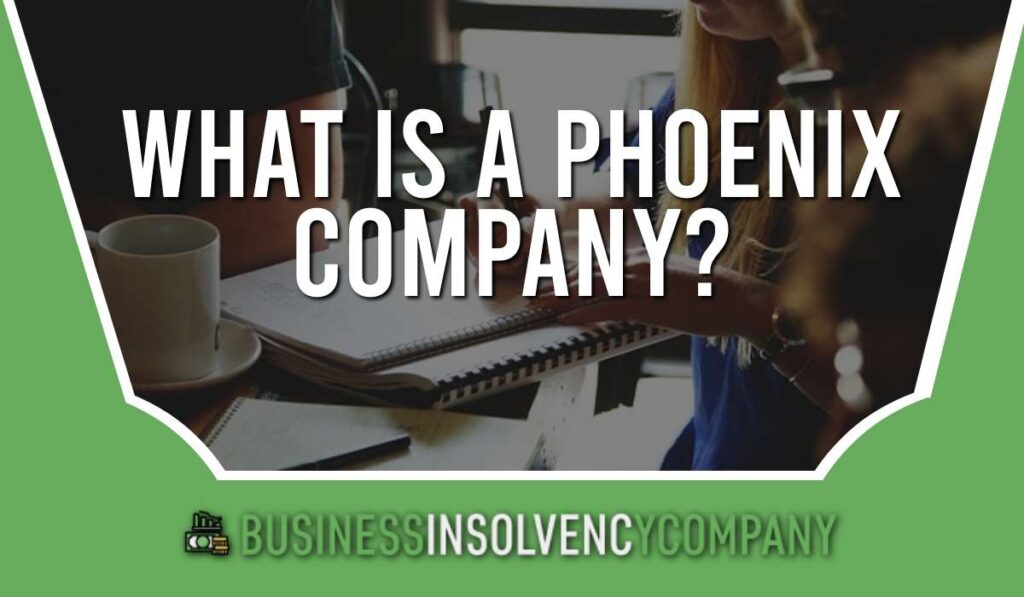

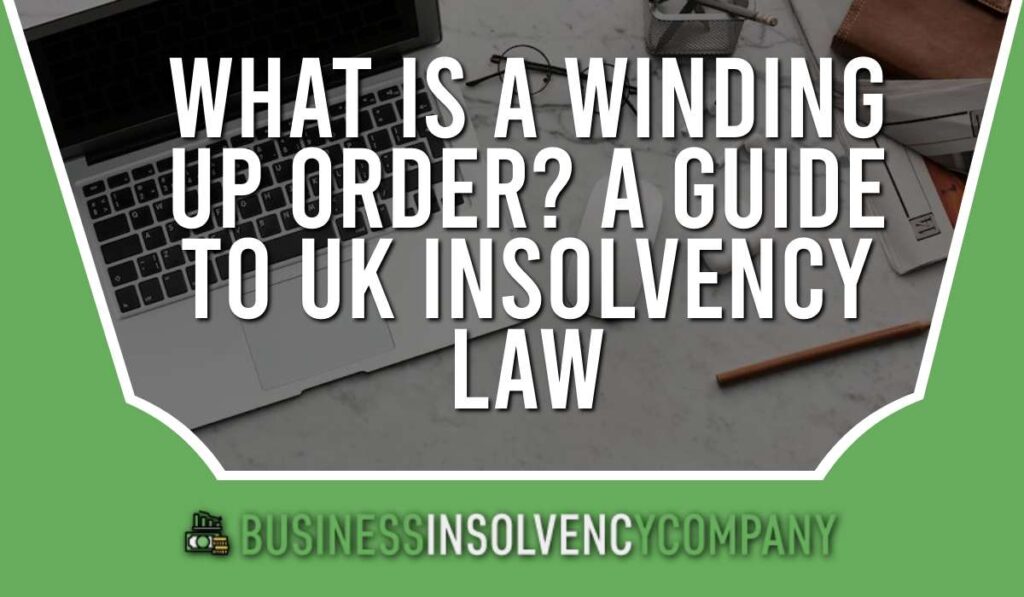




We Aim To Reply To All Enquiries With-in 24-Hours